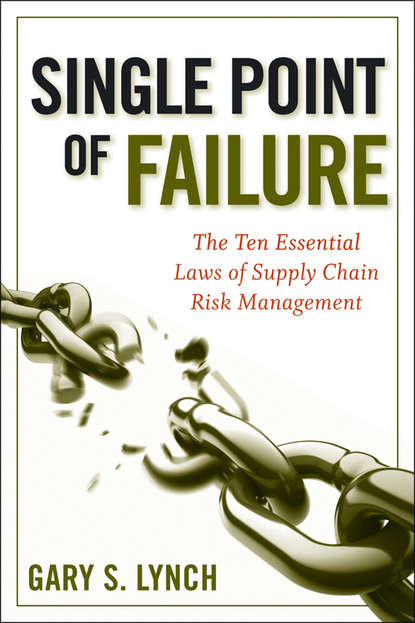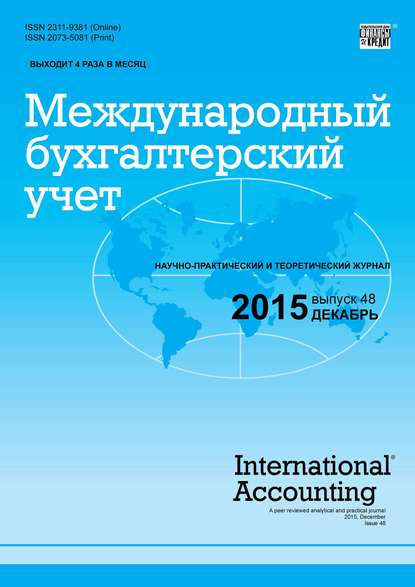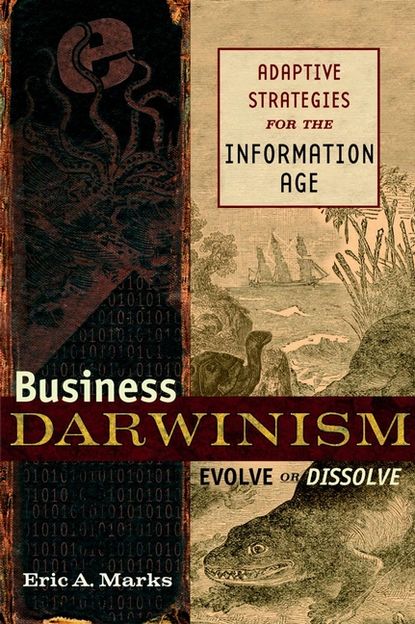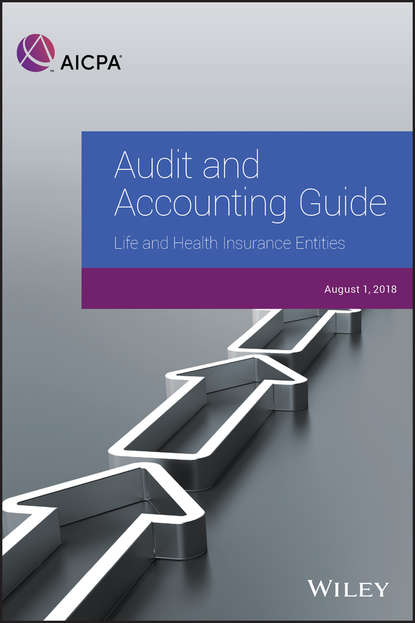Книга "Single Point of Failure: The 10 Essential Laws of Supply Chain Risk Management" описывает, как в последнее время организации сталкиваются с постоянным требованием потребителей получать более высокое качество товаров и услуг при снижении их стоимости, персонализации, большем выборе, быстрой доставке, высоком уровне сервиса и, недавно, увеличении внимания к экологической и социальной ответственности. Оружием организаций для решения этой проблемы стал цепочка поставок. Однако, по мере того, как организации расширяли свои цепочки поставок (например, с помощью аутсорсинга, оффшоринга и делегирования полномочий клиентам/поставщикам), также росла их уязвимость перед неопределенностью. Организации оказались в затруднительном положении, так как эту уязвимость было невозможно предвидеть, она была сложной и не поддавалась управлению. Поскольку требования потребителей стали еще более высокими, а изменения происходят еще быстрее, риск цепочек поставок продолжает распространяться, как паразит. Организации и общества сталкиваются с гораздо большим риском системной ошибки из-за массовой взаимозависимости в глобальных цепочках поставок. Сей
You may be unfamiliar with this work, so here's the summary: "Single Point of Failure" is the detailed exploration of the 10 critical laws in Supply Chain Risk Management.
Электронная Книга «Single Point of Failure. The 10 Essential Laws of Supply Chain Risk Management» написана автором Gary Lynch S. в году.
Минимальный возраст читателя: 0
Язык: Английский
ISBN: 9780470570449
Описание книги от Gary Lynch S.
Over the past decade organizations have faced relentless customer demand for better value at less cost, individual customization, greater choice, faster delivery, higher quality, exceptional service, and more recently – increased environmental and social consciousness. The organization’s weapon of choice to address this increasing demand has been the supply chain. However, as the supply chain footprint changed (e.g. outsourcing, off-shoring and customer/vendor empowerment) so did the organization’s exposure to uncertainty. Organizations were taken by surprise since this exposure was unanticipated, complex and beyond their ability to manage. As customers become more demanding and change occurs at an even greater pace, supply chain risk continues to propagate like a parasite. Organizations and societies are at much greater risk of systemic failure because of the massive interdependency throughout global supply chains. The priority now is two-fold; play catch-up and address these massive gaps while deploying more intelligent and integrated strategies (i.e. social aware, instinctive, dynamic and predictive) for dealing with continuous change. Single Point of Failure: The 10 Essential Laws of Supply Chain Risk Management uses analogies and dozens of case histories to describe the risk parasite that infects all supply chains while revealing methods to neutralize that parasite. The book addresses the questions: What are the «single points of failure»? How exposed are customers, investors, other stakeholders and ultimately the organization? What is the measurable impact (i.e. brand, financial, strategic, and non-compliance)? Who establishes the «risk paradigm»? How does the organization efficiently and effectively allocate precious resources – time, people, management attention, and capital? How is success measured? This book is both technically powerful and effectively realistic, based on today's complex global economy.



















